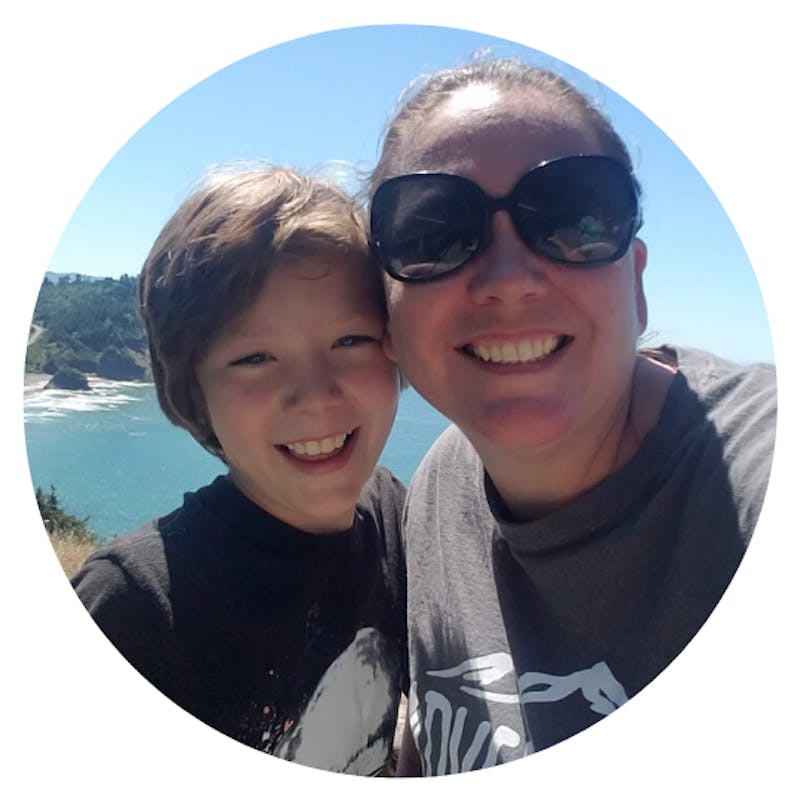Now that you’re ready to get started building your empire with content marketing and private label rights content, the first thing you really need to do is take inventory of the PLR and other content you already have paid for or created. To ensure that using PLR helps you reach your goals, it’s essential to plan for how you’re going to use the content you buy before you even shop for it. After all, the content of any type doesn’t do you one bit of good if it’s left on your hard drive or Dropbox.
Use Cloud Storage
You should be using cloud storage for your files so that if something happens to your computer, you don’t lose your investment. A good choice is paid Dropbox or any other paid file storage solution. You want to pay so that you get the added benefit of good customer care and backups.
Set Up Your File Folders for Efficiency
Come up with a file naming convention that makes sense to you. For example, when you download new PLR content, change the name of the content so that you can find the topic easily by searching for the keywords in the file names. You can also arrange it according to your buyer’s journey, your marketing funnel, your product funnel, or some other method if you use a consistent one.
Create a Clickable and Linkable Spreadsheet
Set up a spreadsheet that includes links to the content by topic, by publication spot, and anything else you plan to track. So if you put a specific blog post you purchased on your blog, you’ll want to link to the blog post via the spreadsheet but also link to where the original is in the file folder so you can reuse and repurpose.
A good thing about this is you can grab the link to the blog post anytime you want to share an answer to a question if it’s relevant. For example, if you have a blog post that gives instructions on how to come up with a file naming convention so that you don’t lose your files, you might search on your computer for file naming convention blog, find the link, then share it anytime you want, easily, without ever having to search your blog.
Name Your Files Appropriately
When you choose a name for the file, think about different ways you might want to categorize the information. You may want to organize blog posts, email messages, social media posts, and so forth separately but also by where the content exists within your marketing funnel. For example, it might be a blog post that advances brand awareness, or it might be an email that builds customer loyalty – those uses should be mentioned in your file naming convention or the order you have it all set up with folders.
Keep Notes Regarding Publication and Use of the Content
On the spreadsheet, or even right on the document inside the file, make notes on the edited content that you’ve published. For example, you might note on a particular blog post that you sent it to your blog, added it to your email broadcast, and turned it into a YouTube topic.
Delete Unusable Content
If you’re not using the content or it’s too old to edit enough to make it worthwhile, just delete it. There is no point hanging on to content you’re not going to use, and that just clogs up your Dropbox or hard drive. It doesn’t matter if it’s PLR or ghostwritten. Let it go and start fresh now with a plan of action.
Organize and Systemize Your Content Marketing Tasks
Not only should you inventory what you do have already, but you also need to organize and systemize your content creation and marketing process tasks. For example, create a plan for the 1 hour after you’ve purchased PLR content. The plan might include renaming the content, setting it up in your email or blog, sending it to your editor to add your brand voice and keywords too, or other tasks. Whatever it is, set up a system and process that you’re going to follow each time with deadlines.
Think About Your Audience’s Buying Journey
One way to think about the content you buy and create is how it fits into the intent your audience has when perusing your content. For example, are they in the awareness stage, learning about their problems? Are they loyal customers who need to receive morale boosting information from you to motive them in life? When you know where your customer is, it’s a lot easy to organize the content you have if you align it with that journey.
Consider Your Goals as You Take Inventory and Organize
Another thought is to organize the content based on the goal of the content if you buy content to turn into a product that is a whole different thing than if you purchased the PLR to populate your blog or use on social media.
Make a Shopping Wish List Based on Your Goals
Once you’ve got everything inventoried, and organized, and your processes set up, you can start creating a shopping list based on where you see gaps. If you have ordered the content per your marketing funnel, you may see gaps immediately that need filling. Put that on your list.
Knowing where you are right now and getting everything organized for the future is going to help you avoid wasting time and money chasing your tail. The fact is content not published is a waste. You owe it to yourself and your audience to take the time to plan before acting so that when you do implement, it’s done with a goal in mind and metrics to test.
Have a great and productive day!

April Lemarr
Connect With Me:
Facebook / Twitter / Instagram


